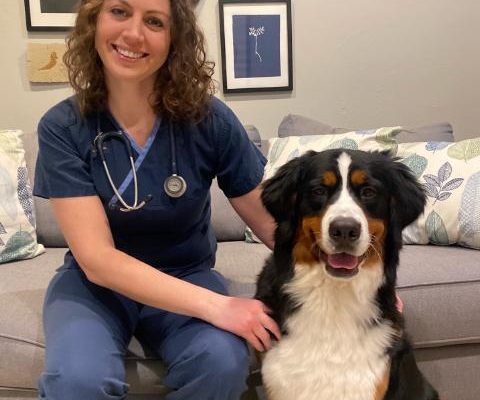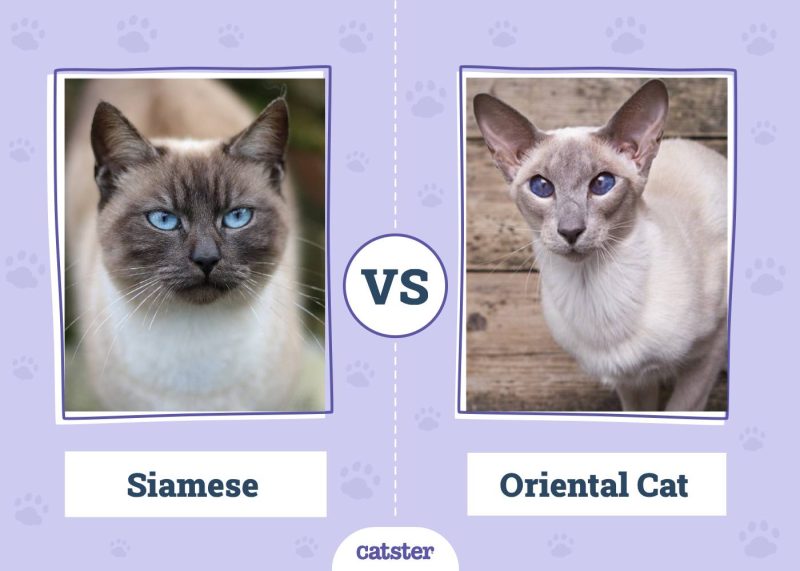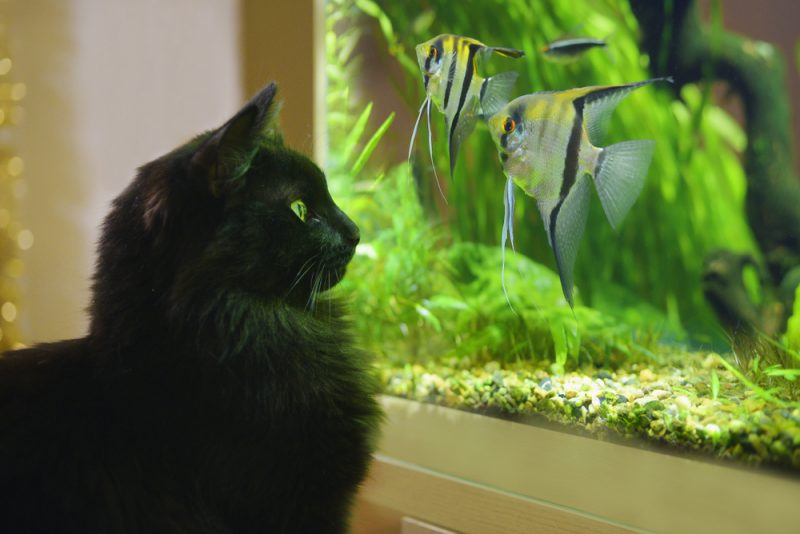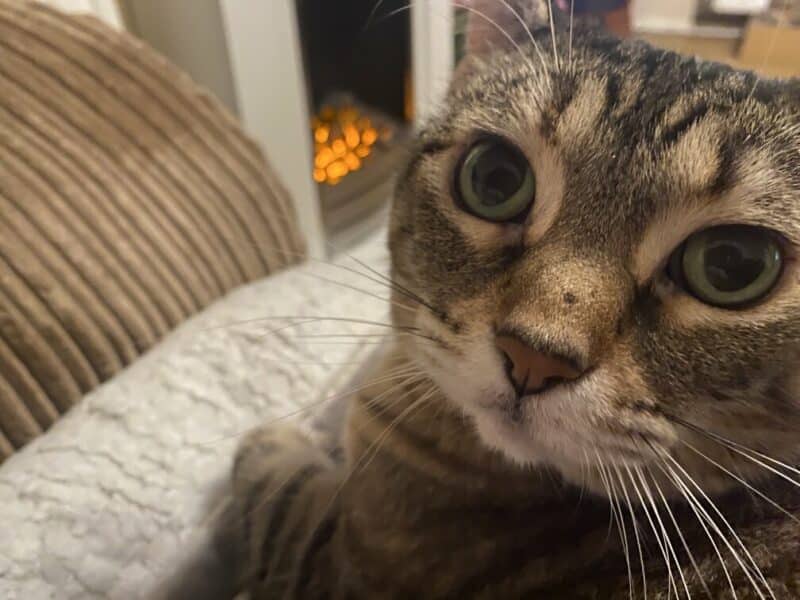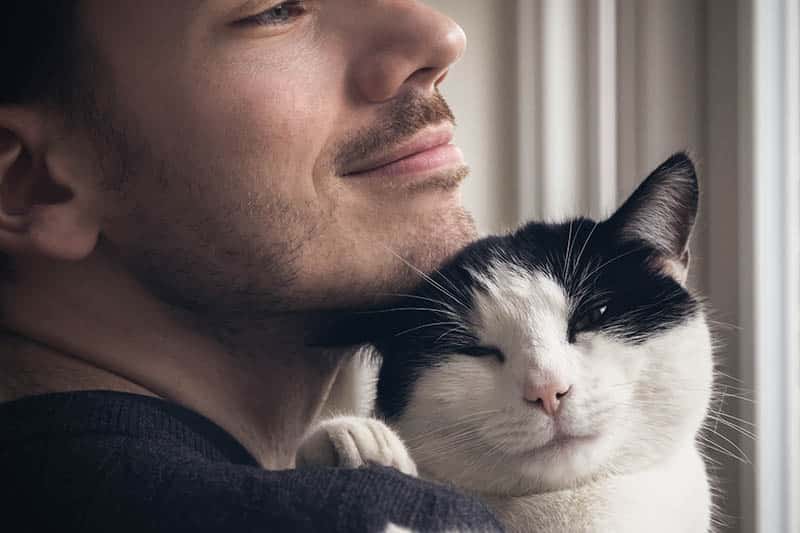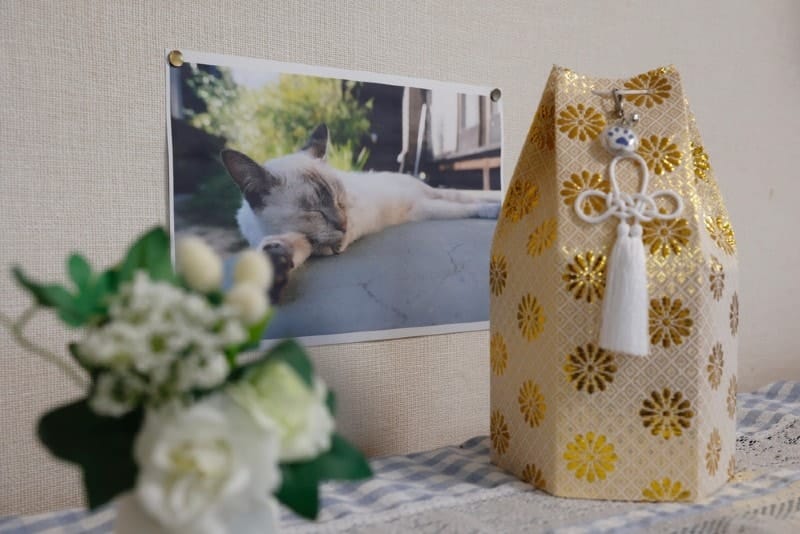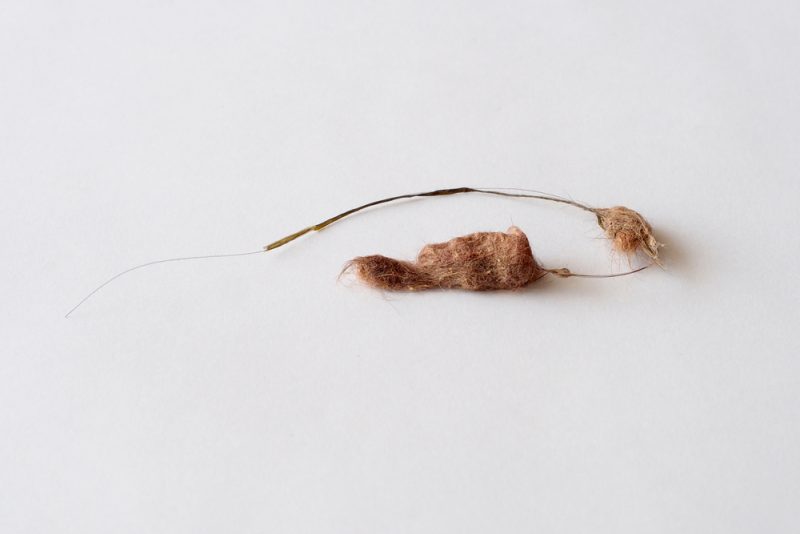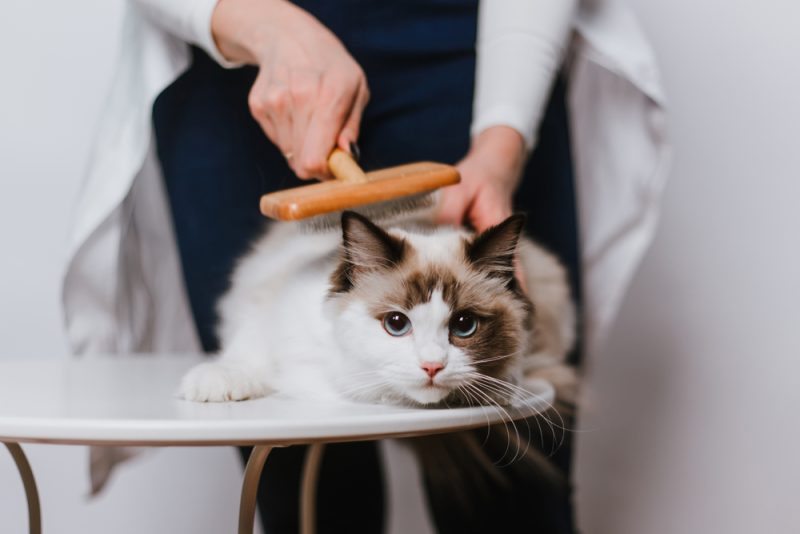Fleas are annoying, problematic little parasites that can cause itchiness, discomfort, and even the spread of diseases in their hosts. In today’s day and age, there are numerous ways to prevent or treat our pets afflicted by these pests, such as topical spot-ons, sprays, dips, and even oral medications. One common option is the ever-popular flea collar which can be used safely for dogs with a flea problem.
However, for those cat owners out there, it’s important to note that a dog flea collar should never be used on a cat! Using or exposing a dog flea collar and other flea products made for a dog on a cat, can make cats very sick and could even be deadly.
Numerous different types of active ingredients can be used for various types of flea control. In this article, we’ll mostly discuss a commonly used active ingredient called pyrethroid, which can be used in various flea products, including flea collars. Surprisingly, pyrethroid products are the oldest used flea control ingredient that is still relevant today. You’ll learn why using a dog pyrethroid product on a cat is so problematic, what to look for in cases of toxicity, and how to keep your cat safe.

How and Why Are These Dangerous for Cats?
The reason dog flea collars (or other related flea-fighting products) can be so problematic in cats is multifaceted.
First, pyrethroids can be an issue due to the compounds they are made up of. Pyrethroids are a synthetic version of pyrethrin, which is a naturally obtained product from the Chrysanthemum plant. While both pyrethrins and pyrethroids are insecticides that cause problems with nerve cells and the nervous system, pyrethroids are of higher potency and more difficult to break down in the environment than their pyrethrin counterparts. Today, pyrethroids are often a key ingredient in flea collars and some other flea-related products. There are various types of pyrethroids and one commonly well-known used one in flea prevention is permethrin—it and other pyrethroids are highly toxic to cats1.
As an aside, while pyrethroids can be a common ingredient in topical flea collars and some other forms of flea control, it is important to note that there are other options as well. Other classes of insecticides used in combination with pyrethroids or on their own could include organophosphates, and/or carbamates, among others. Regardless of the type of insecticide, if there is a high amount of these types of chemicals in flea collars and other related products, they should not be used on cats, or illness can result.
Secondly, cats are not just small dogs! Not only are our feline friends often physically smaller and lighter than many dogs, but they also are a totally different species. Cats can be more sensitive to the amount of chemicals used in dog flea-controlling products compared to those that are marketed for dogs. It has also been found that pyrethroid levels that are safe for dogs are often considered unsafe for cats as they cannot metabolize the drug as efficiently.2 Because cats are not the same as dogs, they respond to certain drugs or compounds differently, often in part due to differences in liver metabolism. Cats lack certain liver enzymes needed to allow them to clear certain compounds safely, including pyrethroids.
While putting a dog flea collar on a cat is problematic, there are also other ways a cat can be exposed to pyrethroids. There are many options for flea treatments and preventions aside from just collars; any of these products can contain pyrethroids which, when at certain concentrations, can also be harmful to cats. In addition, reports have noted that while not as common, there are secondary exposure causes. These could include situations such as grooming (a cat licking a dog that has been treated with dog flea products) or sleeping/laying in an area where an animal with dog flea products has been present.
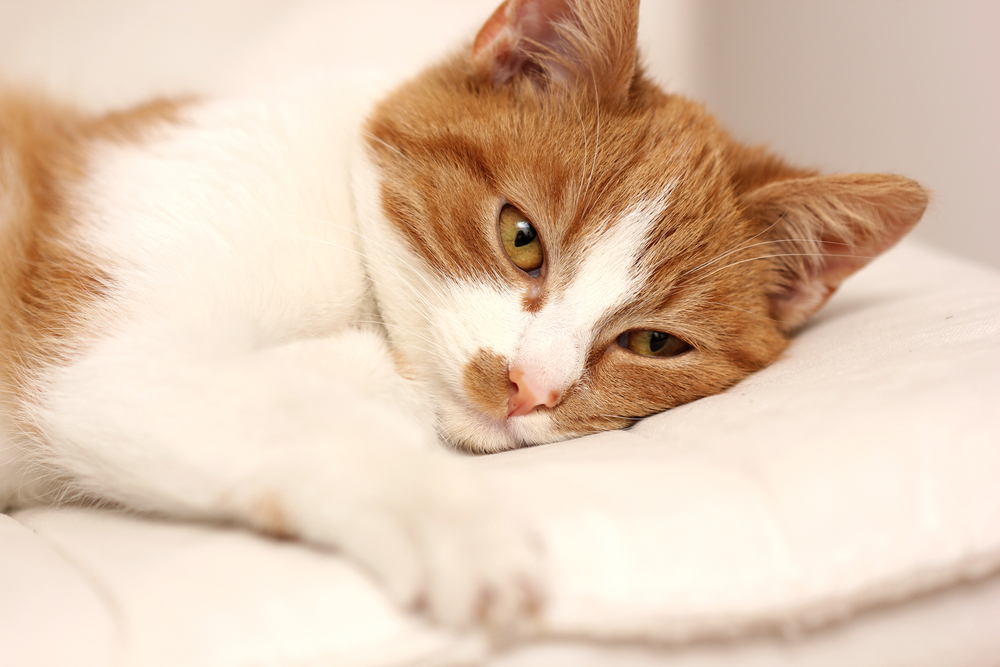
Signs of Pyrethroid Toxicity
The ASPCA Animal Poison Control Center cites the number one cause of cat seizures due to poisonings to be permethrin, a specific type of pyrethroid3. Seizures aren’t the only consequence seen in cats, but the signs manifested will depend on numerous factors including the size/age of the cat, the amount and type of product they were exposed to, as well as for long. Due to this being dose-dependent, a small exposure may elicit minimal signs. Some more mild signs include excess salivation, flicking of the paw, twitching of the ear, mild lethargy, or vomiting, and diarrhea.
More severe contamination could result in muscle tremors, seizures, incoordination, extreme lethargy, pupil dilation, high body temperature, difficulty breathing, continued vomiting and diarrhea, shock, and even death. These signs will often show up within a few hours after being exposed but could manifest up to 72 hours later.
How Are Cats Diagnosed and Treated
Cats are typically diagnosed after displaying classical clinical signs coupled with a history of exposure. Because there is no antidote, the treatment for cats will depend on their symptoms. For those that have relatively mild symptoms, a bath with mild dish soap (such as Dawn dish detergent) and not too hot or too cold water to remove the product on the skin and hair would be warranted. In the event of more severe or progressing signs, a bath (or baths) would be better once the tremors or seizures are controlled under veterinary care.
For a hospitalized cat, those with twitching or muscle tremors are often given methocarbamol (a muscle relaxant). Sometimes, anticonvulsants (seizure medication) may also be warranted, and some cases may also require the use of propofol or even gas anesthesia. Often, IV fluids with electrolytes may be needed. Additionally, if available as an option, a newer treatment called intravenous lipid (giving lipids IV to help rid the tissues of pyrethroid) emulsion may be helpful. Throughout recovery, a cat’s temperature will need to be monitored and controlled. For example, if the water used in bathing is too hot or too cold, this can exacerbate signs.

Prognosis
The prognosis for a cat will depend on each situation, but for those who are caught early and given prompt treatment, the prognosis can be good. Typically, signs will resolve with treatment within 1–3 days after exposure. Severely ill cats, or those that require care but don’t receive it within a certain window of time, would have a poorer prognosis and it can even be fatal.

Conclusion
So how can you keep your cat safe? Well, prevention really is the best medicine! It’s important to read product labels and use them only how they were intended for the species they were made for. That includes no dog flea collars (or other dog flea products) on cats—only use cat flea products on cats! It’s also important to note secondary causes of exposure, as discussed, and find ways to prevent those from becoming possibilities in your home.
Involving your veterinarian in a conversation about your pet’s fleas and their prevention and treatment would be prudent; veterinarians are there to help guide you in keeping your cat as healthy as possible!
If you need to speak with a vet but can't get to one, head over to PangoVet. It's an online service where you can talk to a vet online and get the advice you need for your pet — all at an affordable price!

Featured Image Credit: Gagarin Iurii, Shutterstock
